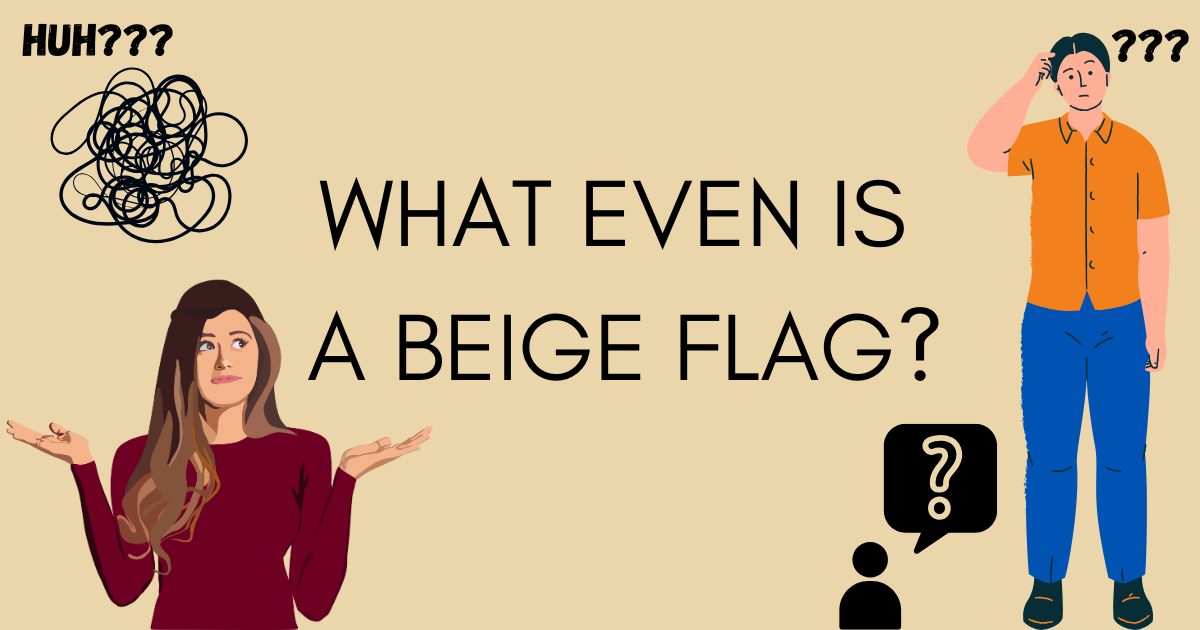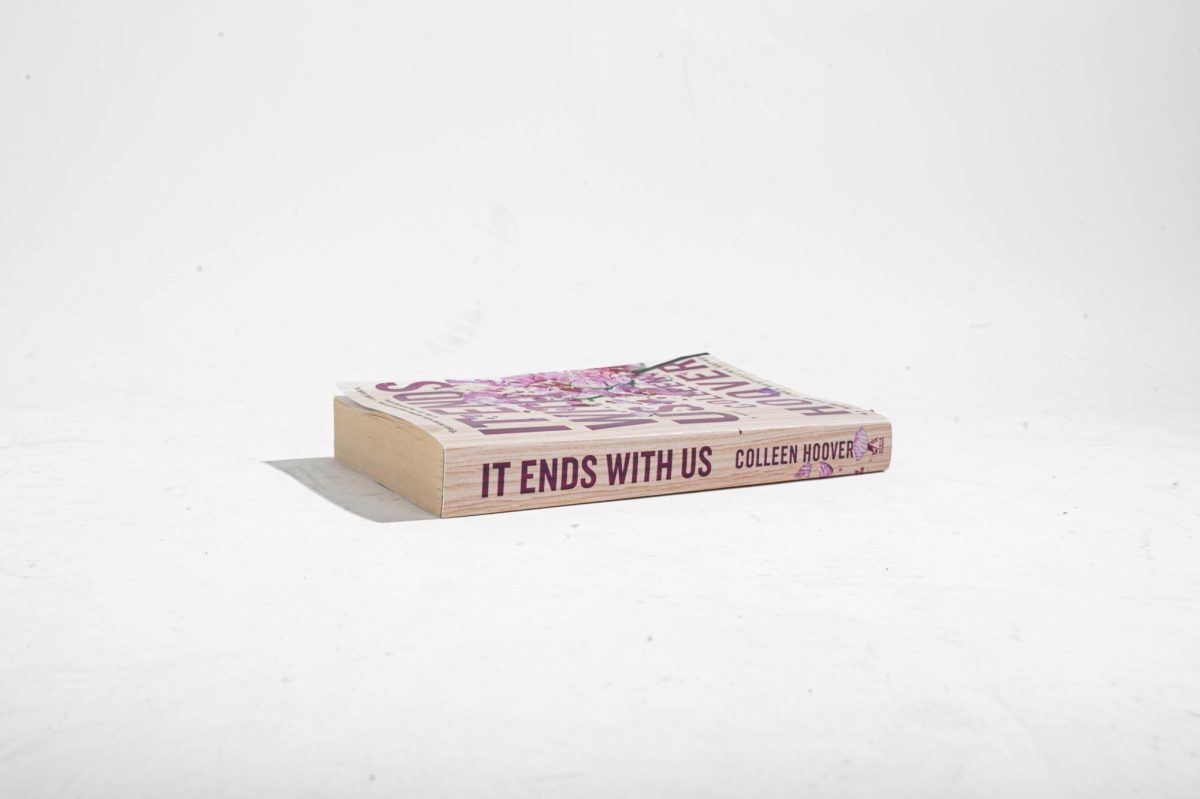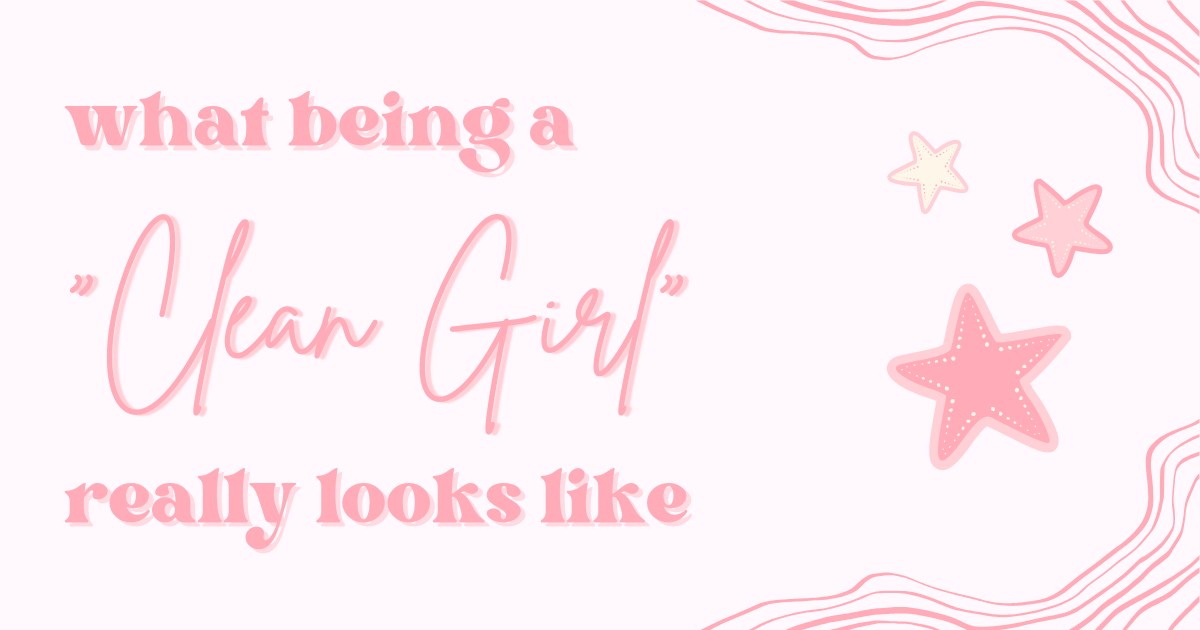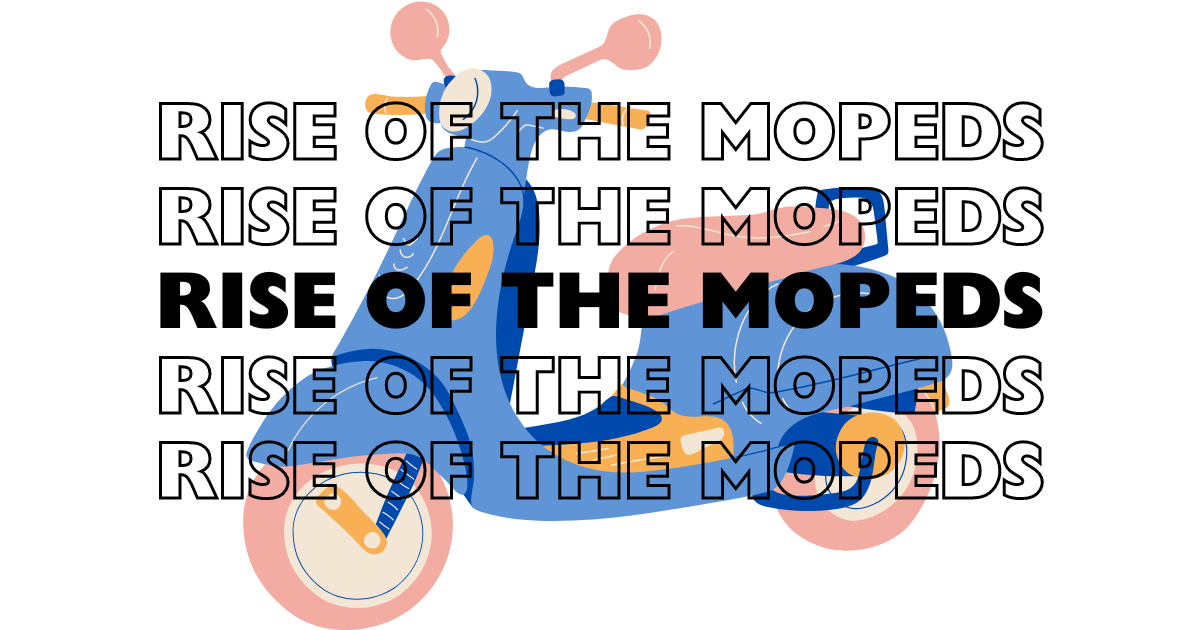When Colleen Hoover’s novel It Ends with Us was released in 2016, it quickly became a bestseller, captivating readers with its emotional storyline and complex characters. The novel, which was adapted into a movie earlier this year, tells the story of Lily Bloom, a young woman who navigates a complicated romance with a charming neurosurgeon while confronting her traumatic past and grappling with the realities of domestic violence. At first glance, the narrative seems like a bold attempt to address the sensitive issue of domestic violence. However, upon closer inspection, both the book and its adaptation reveal a troubling oversimplification of this very real and devastating issue.
It Ends with Us is often praised for its depiction of an abusive relationship, as it attempts to shed light on the complexities and difficulties faced by those trapped in such situations. However, the novel glosses over the harsh realities that real survivors endure, often portraying domestic violence in a way that feels romanticized for the sake of the plot-line.
(Spoilers ahead)
The book’s protagonist, Lily, falls in love with Ryle Kincaid, a neurosurgeon who initially seems like the perfect partner. As their relationship advances, Ryle’s abusive tendencies begin to surface. Despite his violent outbursts, Hoover presents him as a tortured soul, struggling with his demons, which often shifts the narrative’s focus from Lily’s pain to Ryle’s redemption.
This portrayal is problematic because it inadvertently suggests that abusers are simply victims of their own circumstances, deserving of sympathy and understanding. While it is true that abusers often have their own traumas, focusing too heavily on this can overshadow the experiences of the victims, who are left to navigate the physical, emotional, and psychological aftermath of abuse.
One of the most concerning aspects of It Ends with Us is how it downplays the experiences of real domestic violence survivors. Lily’s journey, while certainly difficult, is often romanticized. Her decision to leave Ryle is portrayed as a brave, almost heroic act, but it is done so in a way that minimizes the fear, isolation, and danger that many survivors face when attempting to escape abusive situations.
In reality, leaving an abusive relationship is often the most dangerous time for a victim, as abusers can become more violent when they feel they are losing control. The book touches on this but fails to capture the terror and uncertainty that many survivors endure fully. The narrative’s focus on Lily’s love life, rather than the lasting impact of the abuse, can make it seem as though escaping is simply a matter of making a tough decision, rather than a potentially life-threatening ordeal.
Hoover’s novel had the potential to offer a raw, unfiltered look at the realities of domestic violence, giving a voice to those who have lived through it. Instead, the story is diluted by its romantic elements, ultimately failing to convey the gravity of the situation. This is especially disappointing given Hoover’s own background—her mother was a domestic violence survivor, and the novel is based, in part, on her experiences.
By downplaying the severity of domestic violence, It Ends with Us risks sending the wrong message to its readers. The story’s resolution, while emotionally satisfying for some, can feel like a disservice to those who have been through similar experiences, as it simplifies the complexities of abuse and its aftermath.
As authors, especially those with large followings, there is a responsibility to handle sensitive topics with care and respect. When it comes to issues like domestic violence, it is crucial to provide an honest portrayal, one that does not shy away from the difficult realities that survivors face.
It Ends with Us could have been instrumental in raising awareness about domestic violence. Instead, it falls into the trap of romanticizing the very thing it seeks to criticize, ultimately leaving readers with a skewed understanding of what it means to survive abuse.

















